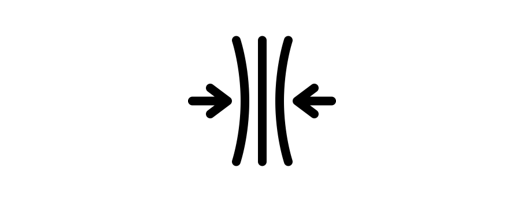While home automation systems have been revolutionizing how technology is integrated into our homes and domestic life, the resiliency of those automation systems has given homeowners and building professionals alike many headaches.
While home automation systems have been revolutionizing how technology is integrated into our homes and domestic life, the resiliency of those automation systems has given homeowners and building professionals alike many headaches.
Our team here at SmartLink Automation are here to prove that controlling the home’s entertainment, security and access, communications, climate, lighting, and more does not need to lead to time consuming and expensive issues, so long as the right smart home designs are implemented.
For home automation systems, resiliency is the system’s ability to be user-friendly and remain operational in the face of unexpected problems and issues, such as loss of power or internet, hardware malfunctions, security threats, and more.
We have some great tips for improving a home system’s resiliency that can save both time and money, so keep on reading.





